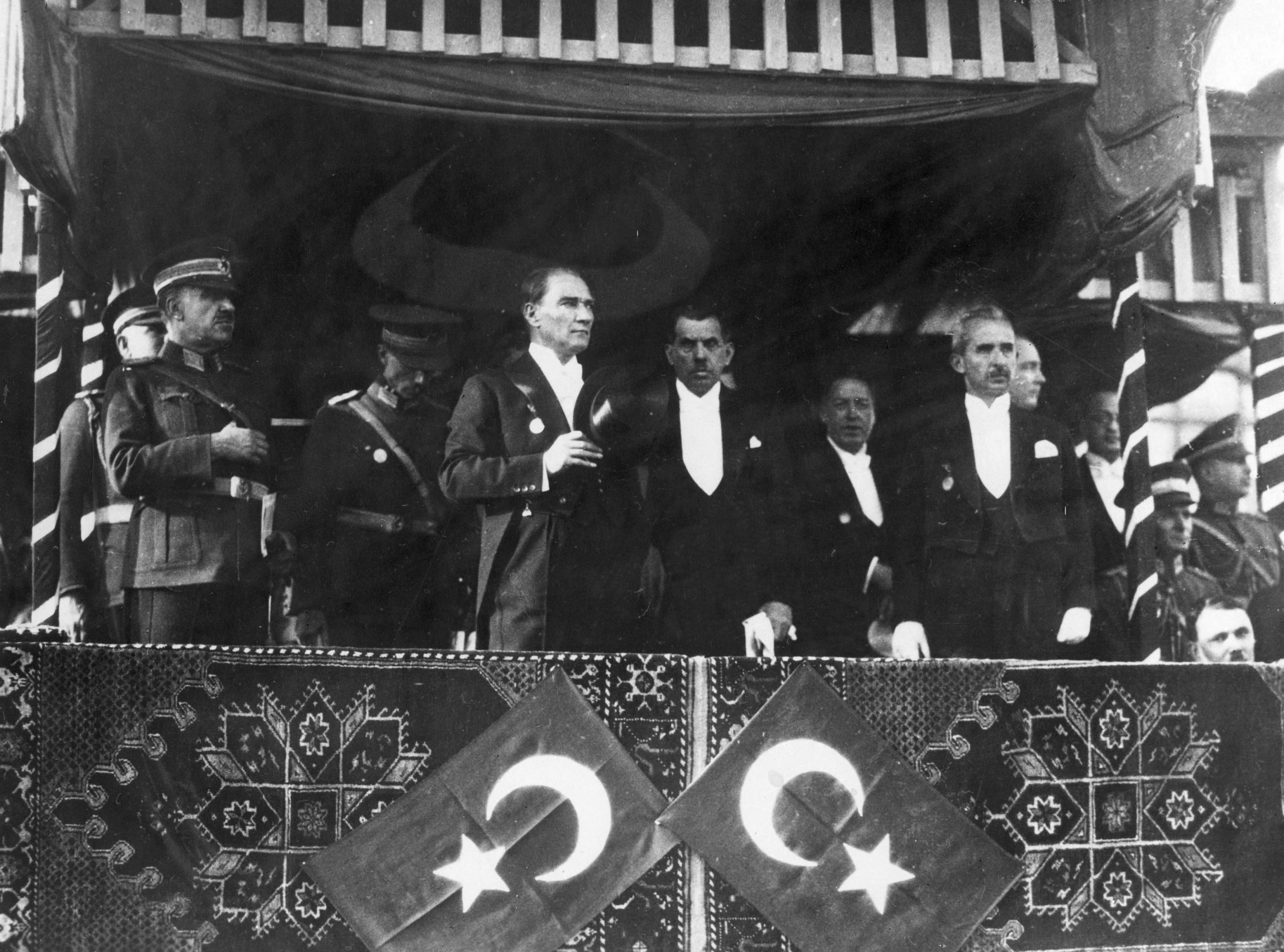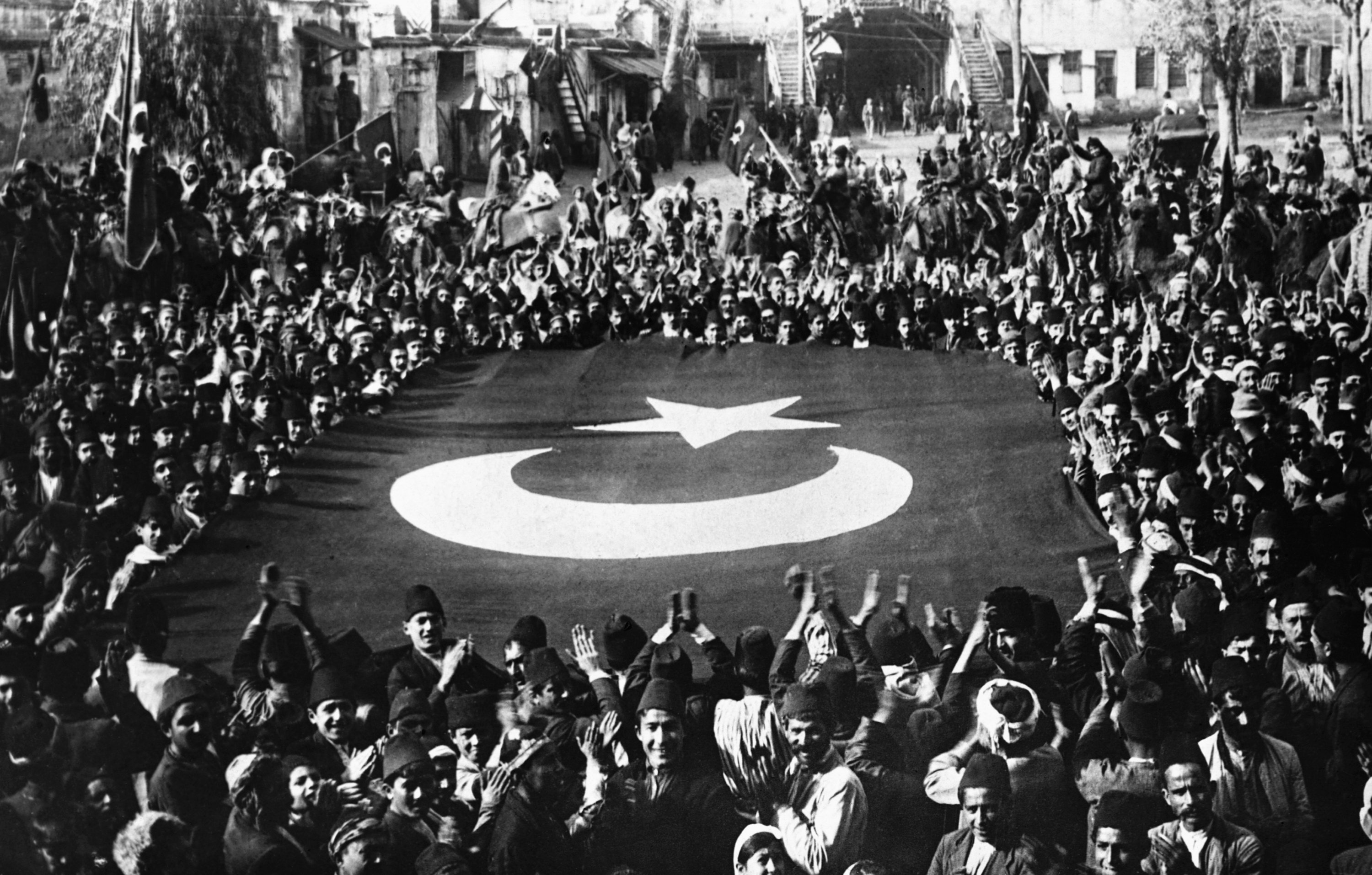© Turkuvaz Haberleşme ve Yayıncılık 2026
Türkiye and the land it stands upon have harbored a lengthy history of civilizations and cultures, but the Ottoman Empire, which ruled for approximately six centuries and at its height spanned three continents – Europe, Asia and Africa – is from what sprung the legendary military leader Mustafa Kemal Atatürk, who established the Republic of Türkiye on what will be 100 years back on Oct. 29.
The Ottoman Empire officially came to an end after World War I. The Turkish War of Independence, led by Mustafa Kemal Atatürk, resulted in the establishment of the Republic of Türkiye on Oct. 29, 1923. The republic marked the end of the Ottoman Sultanate, and Istanbul was no longer the imperial capital. The Ottoman Empire ruled Türkiye from the late 13th century until the establishment of the Republic of Türkiye in 1923, encompassing a period of approximately six centuries.
It was a melting pot of different cultures, languages and religions and characterized by a policy of tolerance toward various ethnic and religious groups, allowing them to maintain their distinct identities and practices within the empire. The use of devshirme, a system of recruiting talented individuals from non-Muslim communities for service in the state, and the establishment of the Janissaries (elite infantry units) were notable practices. The Ottoman Army successfully employed tactics such as siege warfare, and the elite Janissary Corps was a key element of their military strength. All in all, the Ottoman military, particularly during the height of the empire, was a formidable force.

But alas, at a time when the empire was beginning to wane, the Ottomans sided with the Central Powers during World War I through the years 1914-1918 and faced military defeat. After the war, the Ottoman Empire faced defeat, occupation and disintegration. The empire was partitioned, and the Treaty of Sèvres (1920) outlined the terms for the dismemberment of Ottoman territories among the Allied powers. This led to widespread resistance among the Turkish nationalists, who rejected the terms.
In 1920, the Grand National Assembly of Türkiye was established in Ankara under the leadership of Mustafa Kemal Atatürk. This assembly claimed to be the legitimate government of Türkiye and rejected the Sultan's authority. Thus began the Turkish National Movement, aiming to resist foreign occupation and preserve Turkish sovereignty. What followed was the Turkish War of Independence which from 1919-1922 witnessed Atatürk, a military officer and national hero lead what remained of the empire to battle against the occupying Allied forces, including Greek, British and French troops, as well as against Ottoman authorities willing to collaborate with foreign powers. Mustafa Kemal Atatürk was a key figure during the Turkish War of Independence, and thankfully, the Turkish forces successfully repelled the efforts to divvy up Türkiye, which eventually led to the establishment of the Republic of Türkiye in 1923.
A decisive moment in the war occurred during the Battle of Sakarya in 1921, where Turkish forces, under the command of Mustafa Kemal, successfully repelled the Greek advance. This marked a turning point in favor of the Turkish nationalists. As part of the nationalist reforms, the last Ottoman Sultan, Mehmed VI, was deposed in 1922, officially ending the Ottoman Sultanate. This battle and the ongoing conflict led to diplomatic negotiations, which would eventually result in the signing of the Treaty of Lausanne in 1923. This treaty replaced the Treaty of Sèvres and recognized the sovereignty of the Republic of Türkiye. It outlined the new borders of Türkiye and secured the international recognition of its independence.
On Oct. 29, 1923, Mustafa Kemal Atatürk officially declared the Republic of Türkiye, and this date continues to be celebrated annually as Republic Day in Türkiye. It was on this date that Atatürk became the first President of Türkiye. The declaration of the Republic of Türkiye took place in the now Turkish capital, Ankara, at the building that now houses the first Turkish Grand National Assembly (TBMM). This historic moment marked the end of the Ottoman Sultanate and the beginning of the modern, secular and nationalist state of Türkiye and it is this moment that is celebrated annually on Oct. 29 as Republic Day in Türkiye.
In addition to being a successful military leader, Atatürk implemented a series of wide-ranging reforms with the vision of modernizing Türkiye. These included political, legal, cultural and societal changes aimed at transforming Türkiye into a secular and Western-oriented nation. From changing the alphabet to the hat revolution, in which the Ottoman fez was phased out in favor of Western wide-brimmed hats, and other changes such as introducing Western music, all in the efforts of marking a significant departure from the Ottoman era and laying the foundations for the modern Turkish state.

Atatürk was a visionary political and military leader and a man of great character that Turks remain to look up to and aspire to be like. He was known for being on the front lines of battles, for loving animals, and for adopting children including Sabiha Gökçen, who was the first female combat pilot in Türkiye and the world and became a symbol of women's empowerment in the young Turkish republic. These and several other reasons are why he is revered today as much for his vision of establishing the republic as for his perspective on life. One of my personal favorite anecdotes of this inspiring man who is very much an integral part and key figure of Republic Day celebrations in Türkiye is this:
Atatürk was known for his love of nature. Once, while on a train journey, he stopped the train and gathered nuts in the countryside. When asked why, he replied: "We are not only here to drive the train. We are here to enjoy the scenery as well."
